Jennifer Blanco and John Earles run Houston-based design studio, Field of Study. Their work is strong, unique, and intensely founded in research. This month, these members tell us about how they think and what makes them tick in the Lone Star State.
Your work feels very considered — both from a strategy point of view as well as the tight craftsmanship evidenced in your work. What are some of the principles of your practice?
We both have a background in fine arts which, as a discipline, is driven by deconstructing visual images and examining their relationship to things in the wider world to establish context and to guide the art making process. When we started our design practice, these principles increasingly formed at our core.
For us, thinking is an integral part of the process and we don’t make any decision in terms of tone or aesthetic without weighing it against our objectives and what we’re trying to communicate. We try to cut things to their most basic units and make no assumptions on what final form the solution should take. This allows us to explore all the possible outcomes and develop solutions which are, hopefully, both unexpected and effective.
Jennifer always states that we don’t tell lies with our design, and this is what she means by it. Our end solution is true to the problem, the objective, the audience, and the product or organization, and is in no way arbitrary or assumed.
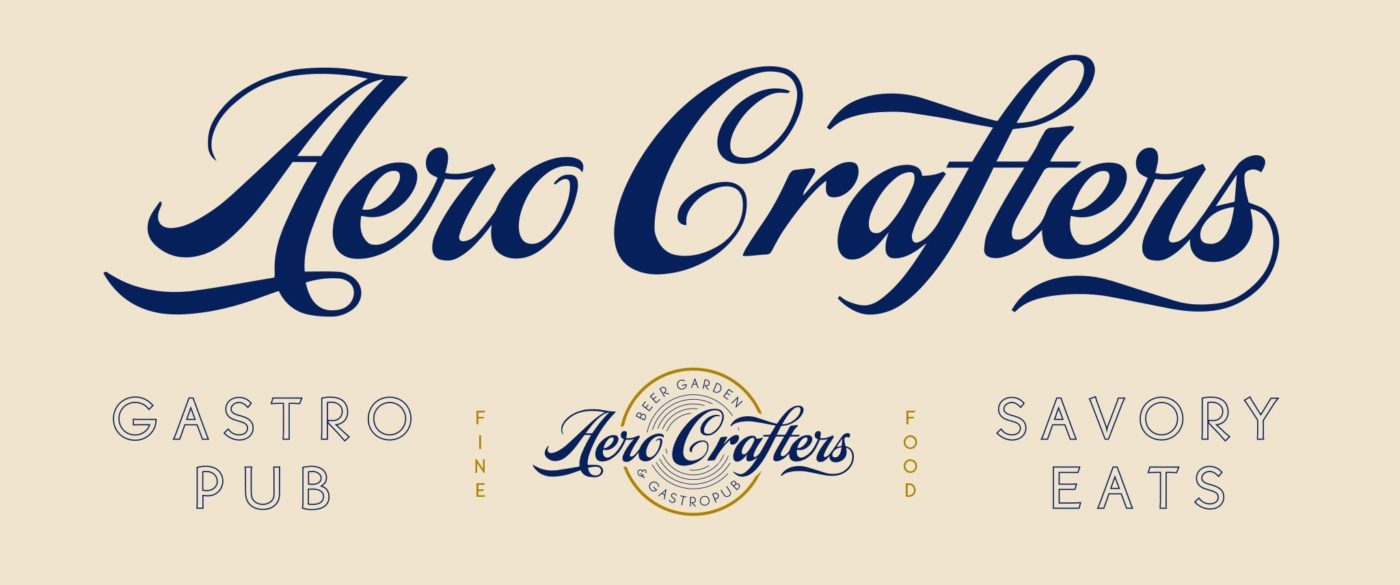
What is the design scene like in Houston?
In the last ten years, Houston has started to recognize all of its great qualities and the importance of its tremendous diversity, and has taken steps to define itself.
Correspondingly, the design scene has evolved to embrace the needs of a growing community of creative businesses and organizations—and in contrast to the stereotypes—you’ll find a wealth of great work that extends far beyond the energy sector. There’s still so much further it can go, but right now, the community is open, welcoming, and energetic like the city itself.
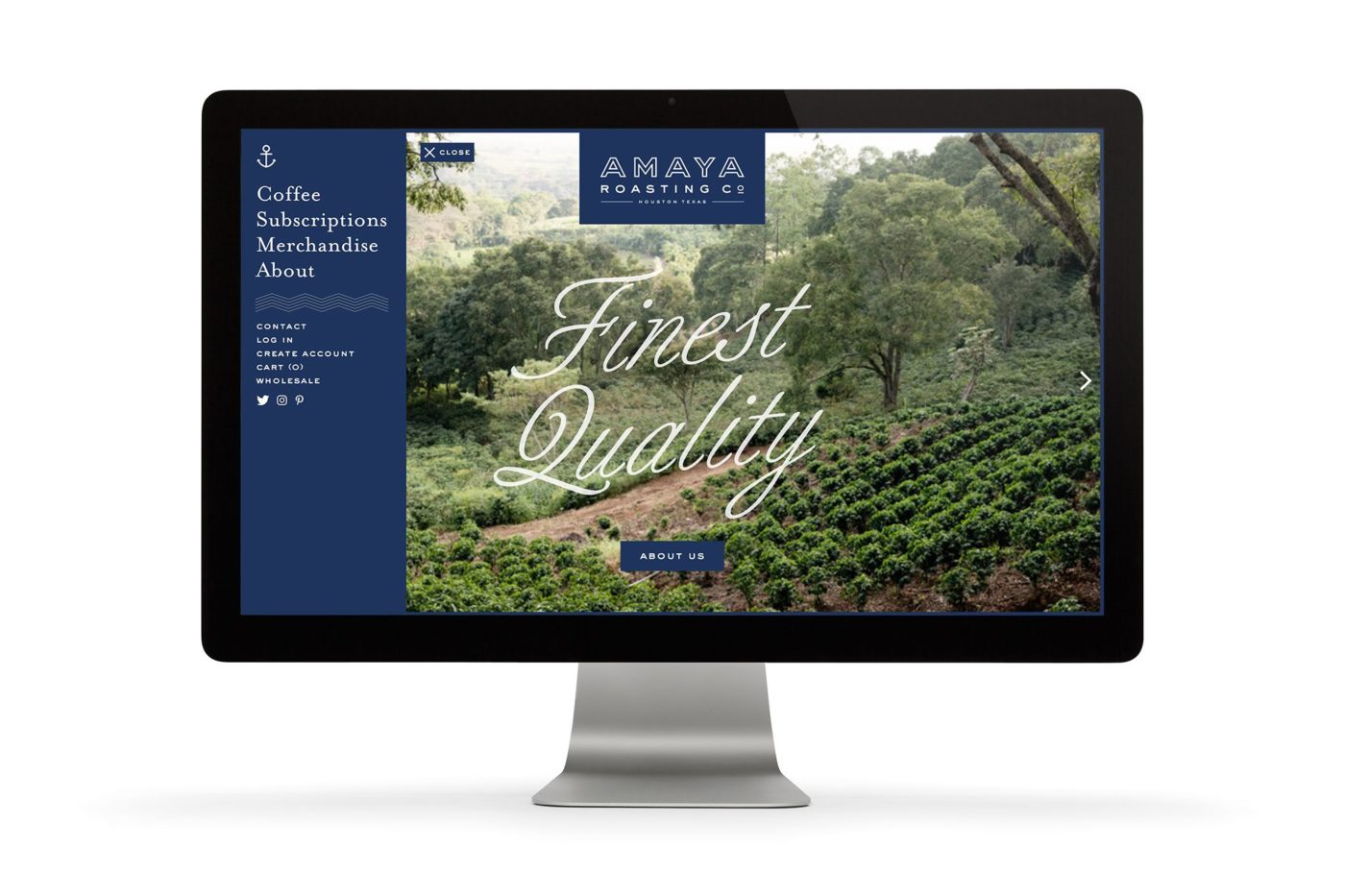
Describe a bit about your creative process, in terms of how you work together as well as how you think and reference. How do you think what you offer sets you apart from other design consultancies in Texas?
Our creative process could probably be summed up with absorption, interpretation, and creation.
We both have a huge appetite for learning and seeing, and make every effort to take in as much as possible from the wider world. We really love the obscure and the eccentric, as well as the thought processes that go into human beings making the things that they make. We reinterpret and distill these things that we see and learn about into strategies and raw materials that we can build from.
Both of us take various roles in this process but usually I (John) create the outlines of the project and Jennifer expands on them and brings them into being. I work in the indefinite—creating briefs filled with objectives, feelings, tones, and references to be drawn upon; while she works in the definite—giving form to these ideas with image, shape, and type. We’ve been working together in some capacity for seventeen years, so we’ve become adept at understanding what we both need from each other to achieve the best results—which makes everything drastically easier.
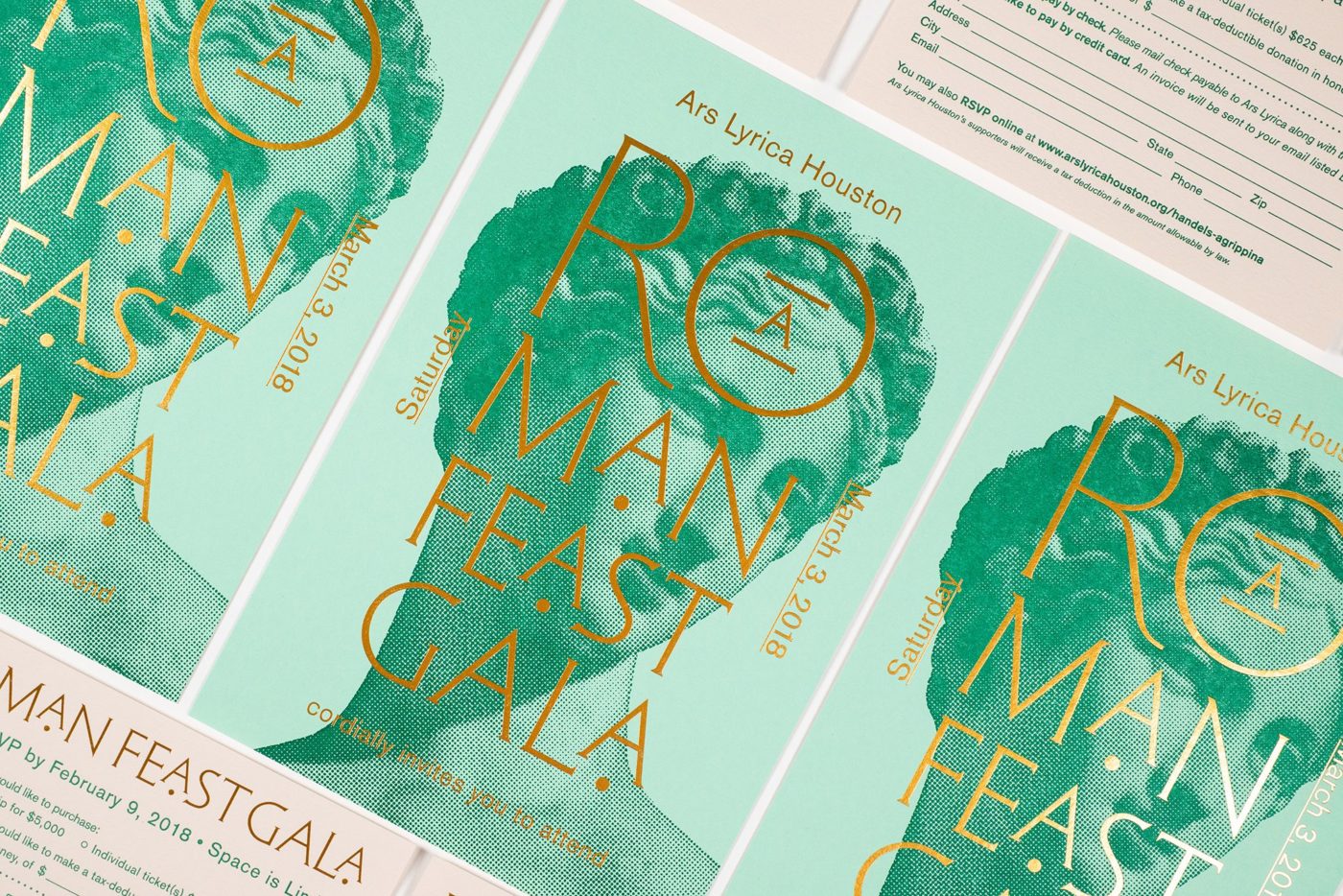
As we’ve grown and evolved as a design practice (this is our eighth year), we’ve taken an increasingly broad view of what we do—again, driven by breaking things into their smallest components.
We’ve begun to think of ourselves in terms of being consultants who solve problems through design versus simply as graphic designers. Our clients are seeking the end results, not the individual visual assets or strategies we create as part of that process, and we try to frame all of our interactions accordingly. This also gives us the freedom to think about things differently or present unorthodox solutions that still fulfill the client’s need. We’ve been told many times we’re being paid to think.
This may be one of the things that differentiates us from other design firms or agencies in the area. We’ve really honed in on our process and correspondingly, are not interested in creating things that just look attractive or are the latest trend. We’re interested in incorporating all of our interests and education (which is a combination of art, design, and engineering), digging deep to find meaning, and expanding what we can do with design as the medium.
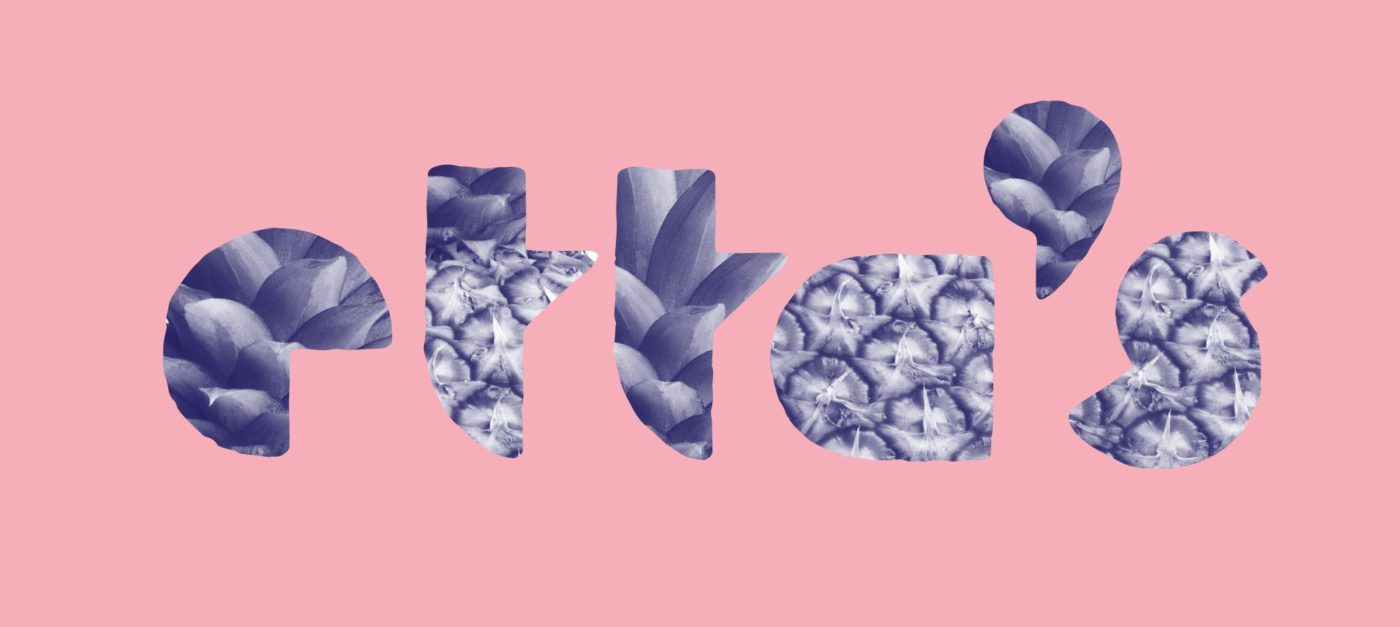
You talk about your process involving breaking things into smaller pieces. Would you say this is a product of post-modernism? Are we in a new phase of design thinking?
For us, the desire to break things into their smallest component pieces to be analyzed or manipulated just goes hand-in-hand with any discipline that involves creation. In fact, the very idea of something being “designed” implies that every aspect was considered in its making.
This could be a product of post-modernism’s skeptical thinking, or it may be a product of our love of science and engineering. There’s a huge push in those disciplines not only to find solutions, but to arrive at them through grounded, logical process and appropriate decision making. Keep It Simple Stupid and Occam’s Razor are examples of this applied into mantra.
We’d like to think that maybe there is a new phase of design thinking on the horizon. The plurality brought on by social media and the web has really fractured design aesthetics from meaning or history. You can see this typified by the nearly universal application of the reigning design movement.
But this can’t continue forever. It’s the thought and process that make design as a discipline amazing to work in. If you aren’t married to executing a specific aesthetic, every day is a new day with a challenging problem and an unexpected solution.
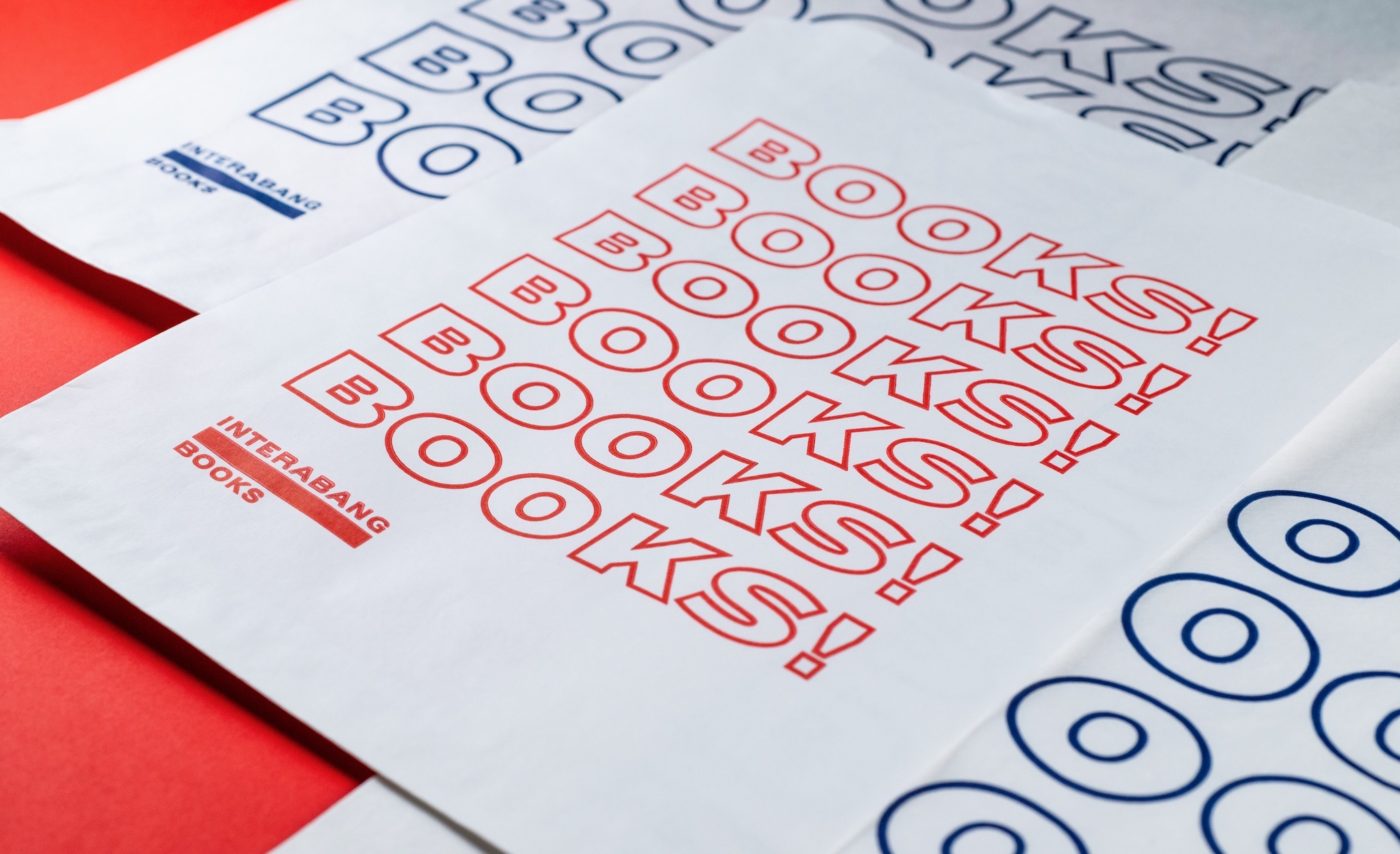
Workhorse Printmakers website: https://workhorseprints.com/ (Jennifer and John own and run this full-service letterpress and print shop, where most of the Field of Study projects are printed and produced)